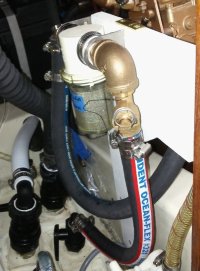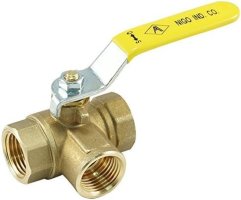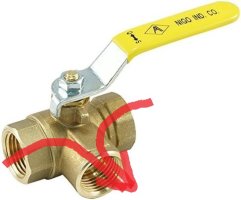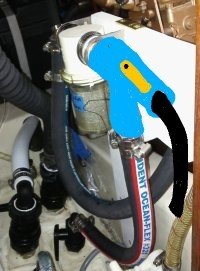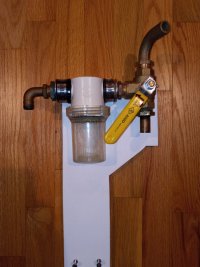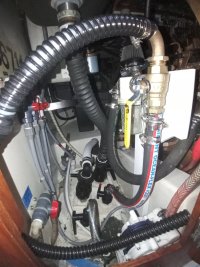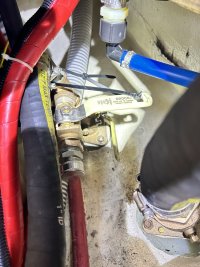This was the same configuration in my 30+. When I first got the boat I couldn’t close the seacock and trying to move the lever induced a steady drip that couldn’t be stopped. The boat was 6 hours from me and I spent several stressful weeks imagining the drip turning into a torrent before it could be moved closer. Luckily the leak remained constant and I decided then to separate the scuppers and the sink drain. I am very happy I did that and I never have to leave any seacocks open now.the two scuppers closest to the center line of the boat are plumbed together with hose and then run, as a single hose, to a sea cock under the galley sink
I’m still worried that a hose may have split somewhere so I will be checking carefully when I have more time and daylight. I am also scheming to install an adaptor to allow easy engine winterization. https://www.groco.net/products/valves-seacocks/accessories/ssc-series-service-adaptor

